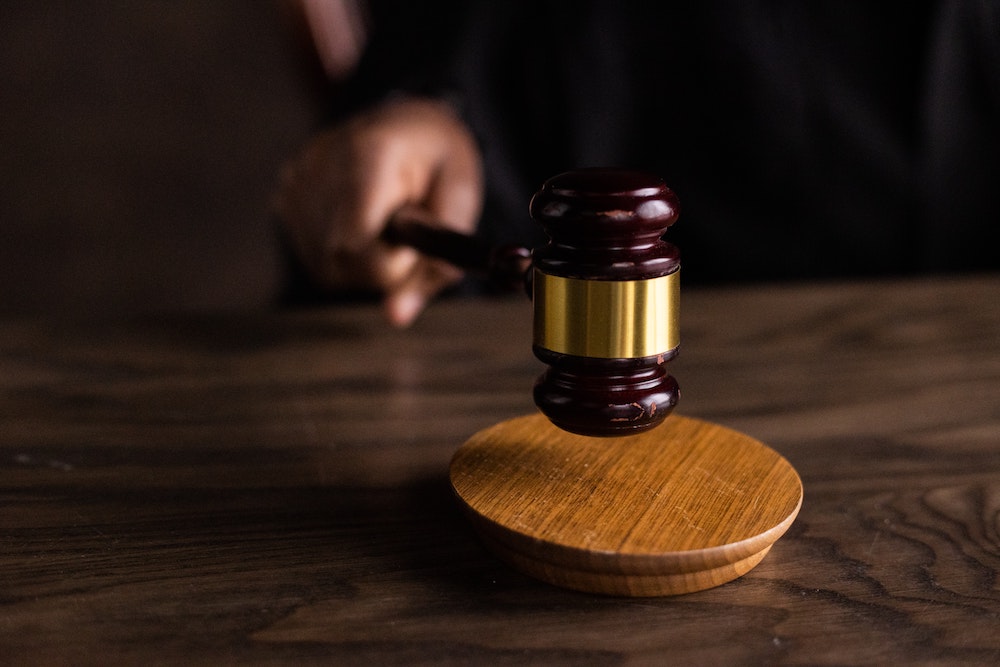[ad_1]

Photo by Ekaterina Bolovtsova via Pexels
It’s often said that, proportionately, more people with mental health disorders circulate through the nation’s criminal justice system than through hospitals, mental health clinics, doctors’ offices and other medical facilities.
A 2022 U.S. Department of Justice analysis concluded that half of those in U.S. jails and a third of those in U.S. prisons had a diagnosed mental health disorder. In addition, a substantial number of others behind bars have reported undiagnosed or untreated mental health concerns.
The role of mental health in prisoner recidivism
Along with housing and employment, treatment for the formerly incarcerated with mental and/or behavioral health problems is considered critical to how well they fare once released from prison.
This 2016 study found that mental health courts (see definition in the “key terms” at the end of this post) resulted in a significant reduction in rearrests. Only 25% of those who completed mental health court were rearrested within two years, while 55% of people who did not complete the court were rearrested in the same period.
As much as diversion courts rely on community-based services, researchers have also noted a shortage of such services for formerly incarcerated people. However, one model of physical and mental/behavioral health care that has received praise is the Transitions Clinic Network, which operates 40 sites in 14 states. One of Transitions co-founders, Dr. Emily Wang, a researcher who directs the SEICHE Center for Health and Justice, a Yale School of Medicine-Yale Law School collaboration, was a 2022 MacArthur Foundation “genius grant” winner.
Key terms
It’s important that journalists who are new to or have limited experience covering the intersection of mental illness and the criminal justice system bone up on the actual meaning of the labels and language. For example, the general public — and some news reporters, too, unfortunately — use the term “jail” to refer to any place people are incarcerated. So, let’s start there:
- Jails. Overwhelmingly, jails are reserved for those awaiting trial on criminal charges. Numbering roughly 3,100 nationwide according to the Prison Policy Initiative, jails are run either by municipal police departments or county sheriff departments. Some jails also handle comparatively small numbers of convicted persons who have been sentenced to short stints behind bars, usually lasting less than a year. Exceptions to that rule include, for example, the San Diego County Jail in California, which has maintained a special unit for convicted military veterans who have been diagnosed with mental illness. (Several years ago, as a Rosalynn Carter Mental Health Journalism Fellow, I reported about that unit.) Justice reformers have decried years-long pretrial detention of people, including those with mental illness, who remain jailed for months — even years — because they cannot afford to pay bail, among other reasons.
- Prisons. The nation’s roughly 1.2 million U.S. prisoners have been convicted of a crime and sentenced to at least a year behind bars, though their sentences are generally longer than that. There are about 1,600 state prisons and 98 federal prisons, plus the relatively small number of locked units for prisoners in psychiatric hospitals and prisons run by the military.
- Correctional officers are trained and deputized jail and prison employees who oversee incarcerated people. Colloquially called “guards” by many, they have long said they prefer not to be referred to by that term. (Those officers are among the least often quoted players in criminal justice news coverage but important sources to cultivate, given their constant interactions with prisoners.) Likewise, there have been efforts to refer to convicted people as “prisoners” instead of “inmates,” which this New York corrections officer wrote about for The Marshall Project in 2021.
- Diversion courts, also called mental health courts, aim to keep those charged with lower-level, non-violent crimes who have or are suspected of having mental or substance use disorders from being incarcerated. Instead, they are funneled into community-based treatment programs. These courts, which exist in each state, require participants to maintain their prescribed medical and rehabilitative treatment plants, among other programs.
- Crisis intervention teams consist of law enforcement professionals with special training in de-escalating police interactions involving people with mental illnesses. Some have even hired social workers to accompany police, as I’ve previously reported.
Questions to ask criminal justice officials in any locale
- What percentage of the local jail or prison population has been diagnosed with mental illness?
- Was the diagnosis made while they were behind bars or beforehand?
- What kind of treatment do incarcerated people with mental illnesses receive?
- What kind of clinician(s) provide that care? Are they employed full-time or part-time?
- What, if any, discharge planning are people provided with when they are released from incarceration?
- How well are those discharge plans followed? To what extent are the discharge plans realistic and achievable, given services that are available in a given locale?
Additional resources:
[ad_2]
Source link





